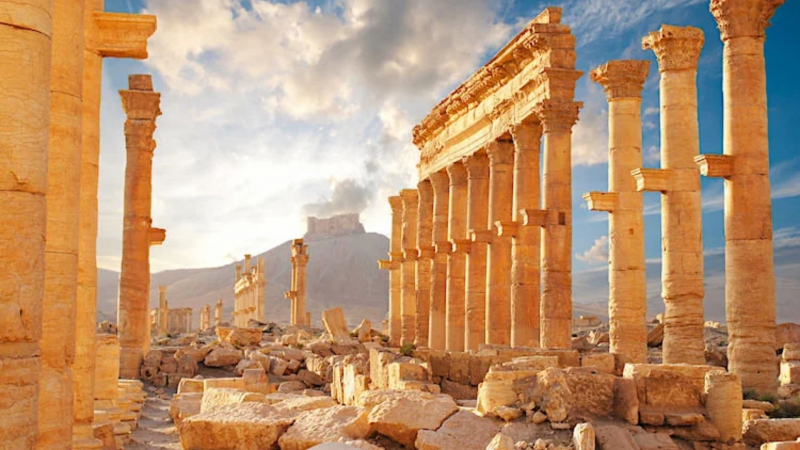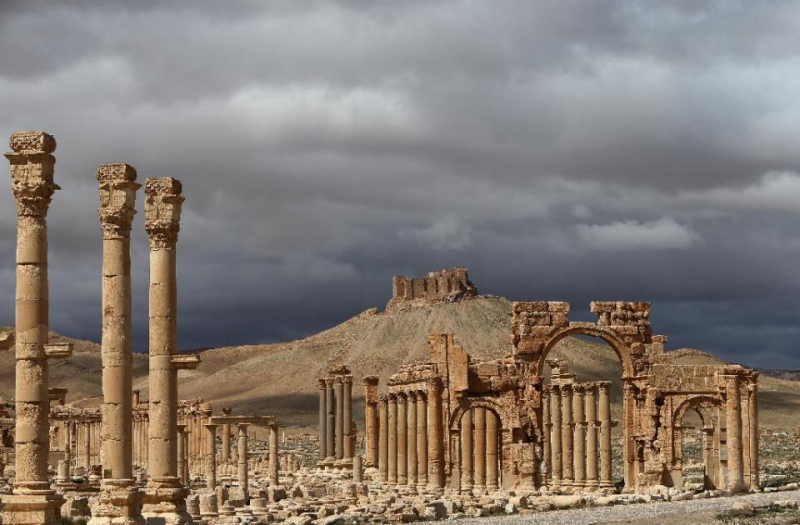Palmyra
Palmyra was a bustling ancient city whose stunning UNESCO-listed ruins can be found in Syria. Palmyra was formerly a commercial hub along a major trade route, known by the Semitic name Tadmor, which means "date palm" and is now the name of the neighboring modern town.
Palmyra is mentioned in the Bible and other historical documents, some of which date back to the second millennium BC. Affluent caravan owners halted there along the historic Silk Road starting in the 1st century BC, contributing to its wealth.
The vast majority of Palmyra's ruins today – which were not destroyed during the Syrian Civil War – come from the city's Roman era, particularly the 2nd and 3rd centuries.
The Temple of Bel, a breathtakingly well-preserved temple to a respected Babylonian deity, is one of Palmyra's most magnificent and historic ruins. The Colonnade of the Decumanus, Diocletian's Baths, the Tetrapylon, the theatre, the arched gates, the agora, the Senate House, and its many funerary monuments and burial sites, some pre-Roman, are all notable sites in Palmyra.
As the conflict allows, massive restoration operations headed by UNESCO and world archaeologists are underway to progressively reconstruct the spectacular remains of Palmyra.







